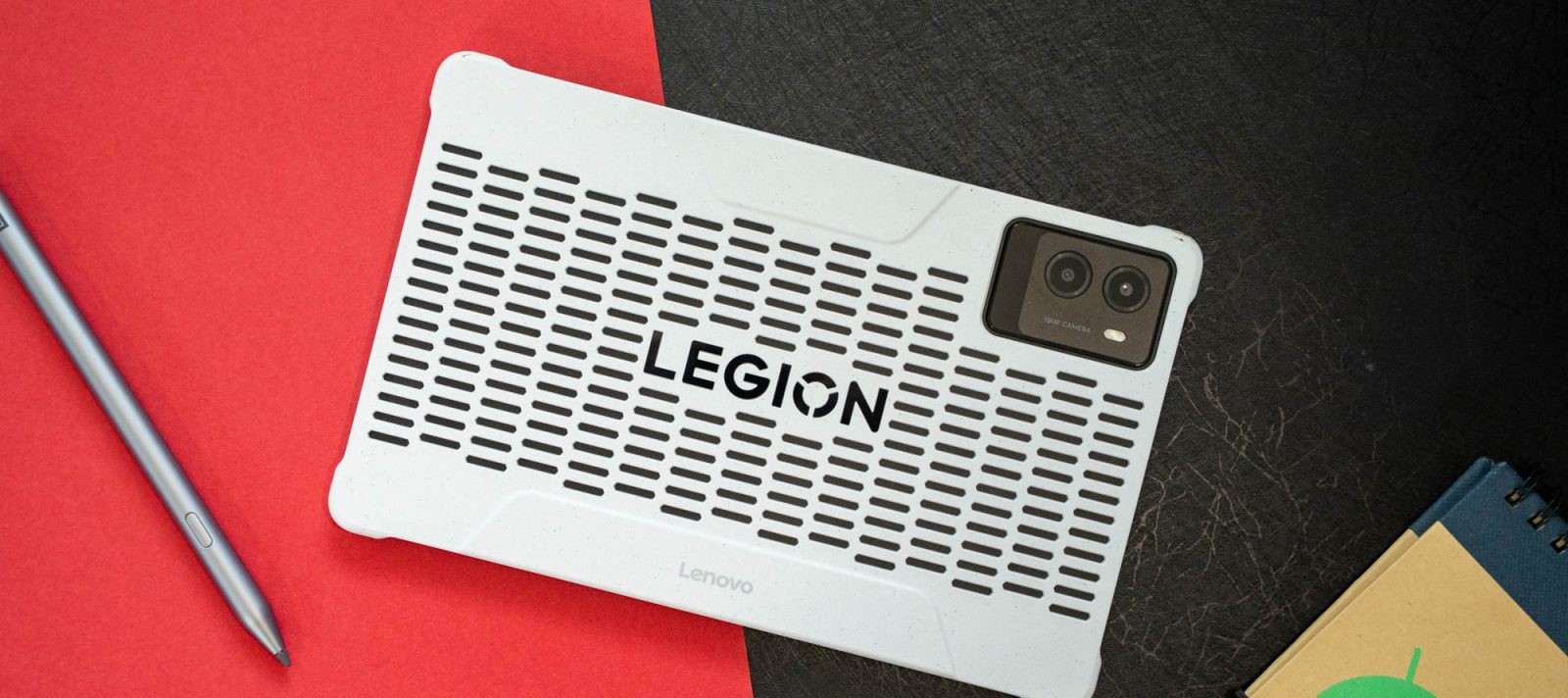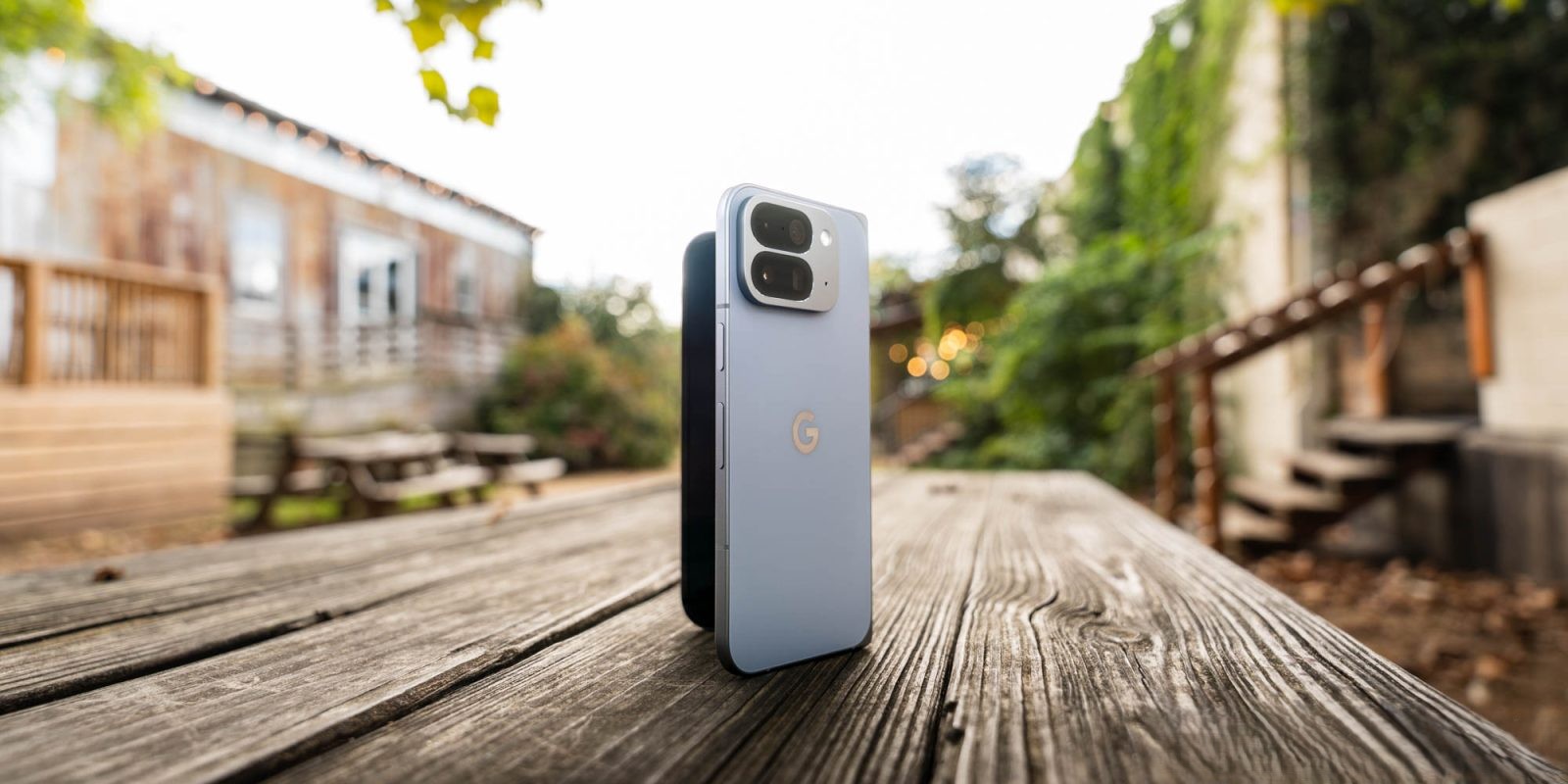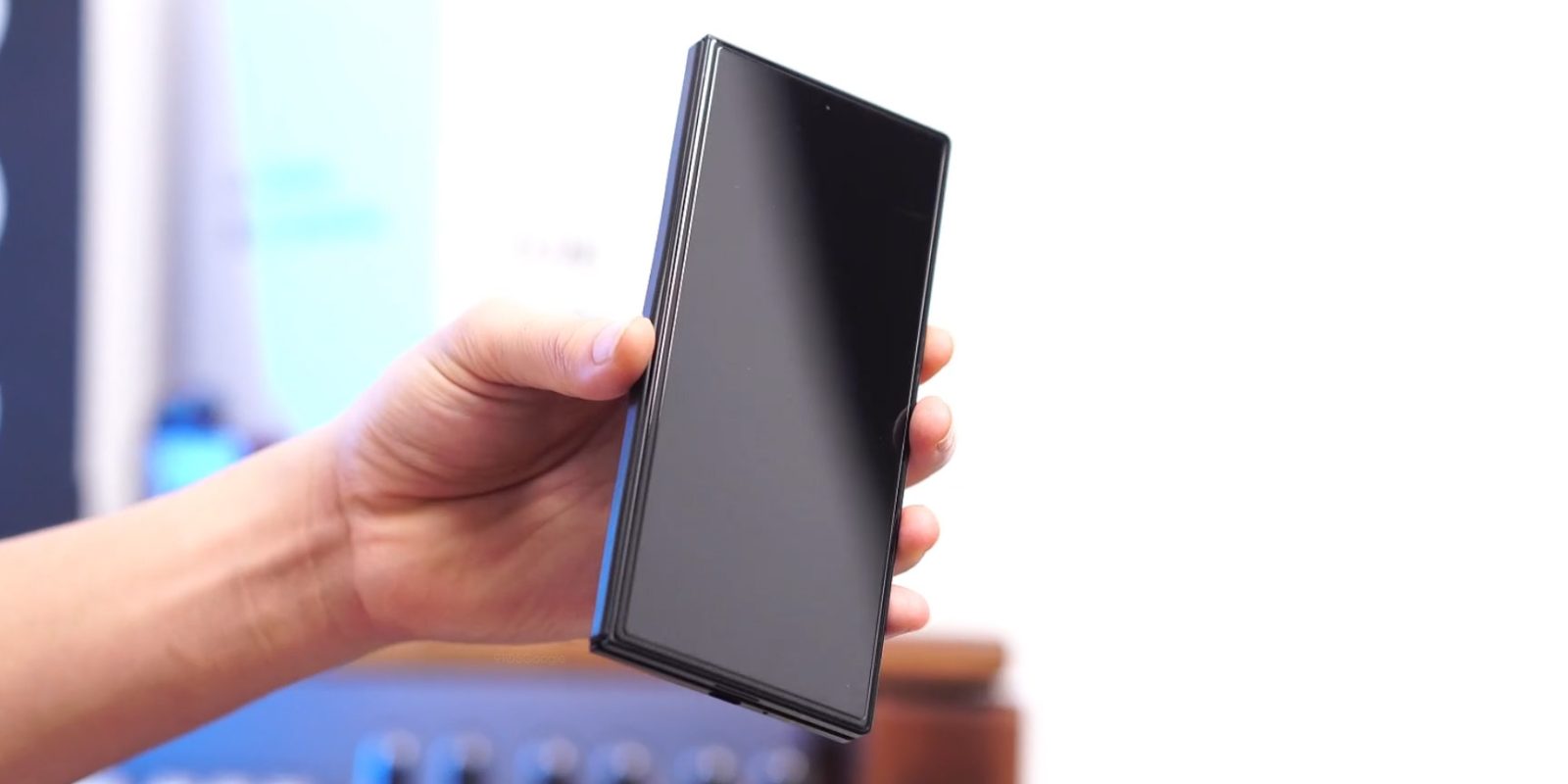Google has unveiled a significant redesign of its Account page on Android devices, introducing the Material 3 Expressive design language. This update aims to provide a more cohesive and user-friendly experience across Google’s suite of applications.
Streamlined Navigation and Visual Enhancements
The revamped Google Account page replaces the previous tabbed interface with a consolidated list format, mirroring the layout of the system Settings app. At the top, users will find a prominent display of their profile picture, name, and email address, which remains visible as they scroll. A new dropdown menu facilitates seamless account switching.
Each section, such as Personal info, Security & sign-in, Data & privacy, People & sharing, and Payments & subscriptions, is now presented within rounded-corner cards accompanied by colorful icons and brief descriptions. This design ensures that most essential information is accessible at a glance on a single screen.
Integration with Material 3 Expressive Design Language
The Material 3 Expressive design emphasizes dynamic color theming, fluid animations, responsive UI components, and updated typography to deliver a more personalized and engaging user experience. This redesign aligns the Google Account page with other Google applications that have adopted the Material 3 Expressive aesthetic, such as Gmail, Google Photos, and Messages.
Rollout and Availability
The updated Google Account page is being rolled out with version 25.25.33 of Google Play services on Android 16 and 16 QPR1 devices, including Pixel and Samsung smartphones. Users can access the redesigned page by selecting Manage your Google Account from the account menu within any first-party Google app.
Broader Implications and Future Updates
This redesign is part of Google’s broader initiative to unify the user experience across its ecosystem by implementing the Material 3 Expressive design language. By standardizing design elements and navigation patterns, Google aims to enhance usability and accessibility for users across various applications and services.
As Google continues to roll out Material 3 Expressive updates across its platforms, users can anticipate further enhancements that prioritize personalization, fluidity, and a cohesive visual identity.



